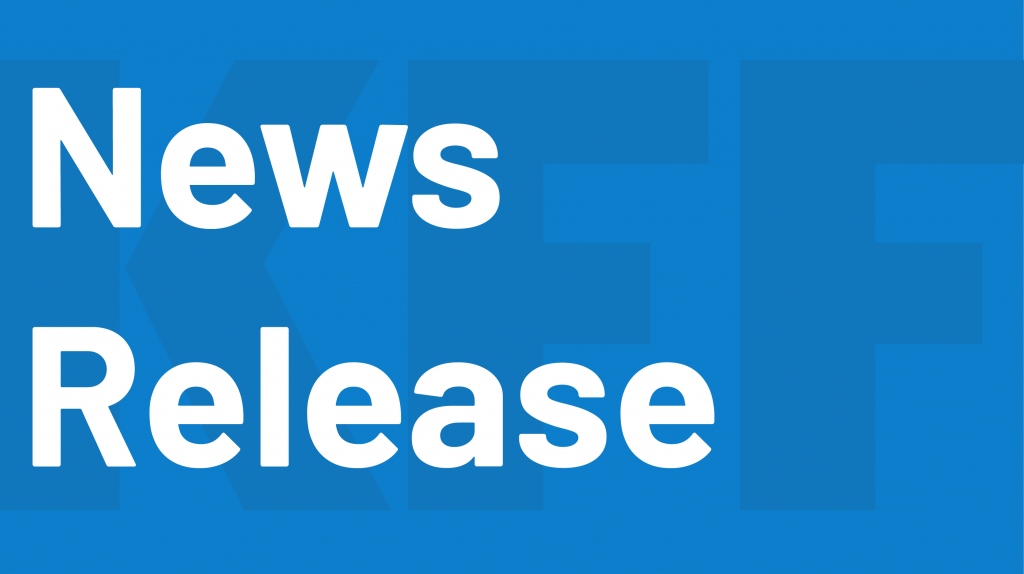
With Government Funding Running Out, Americans Could Soon Face New Challenges in Accessing COVID-19 Treatments and Testing
A new KFF brief analyzes how the accessibility and cost of COVID-19 vaccines, treatments, and tests will change after the current government supply is depleted and the public health emergency ends.
The Biden Administration has announced that it will have to end its purchase and distribution of COVID supplies as government funding is depleted. The public health emergency was recently extended for 90 additional days but is widely expected to end next year. These developments signal a shift in the United States’ response to the pandemic and a transition from government-supplied countermeasures to the commercial market for manufacturing, procurement, and pricing.
This transition to the commercial market could curtail access to vaccines (including boosters), treatments, and tests. Without the federal government’s guaranteed “market” for these products through their advance purchase, it is uncertain whether manufacturers will have an incentive to produce enough. Meanwhile, people with insurance could face new or higher cost-sharing for treatments and testing, depending on their coverage and the type of treatment or test they want to access. People who are uninsured and underinsured stand to lose the most, with limited access to free vaccines and no coverage for the cost of treatments and tests. Everyone could face access challenges if sufficient supplies are not available from manufacturers or procured by pharmacies or other providers.
Read the brief, “Commercialization of COVID-19 Vaccines, Treatments, and Tests: Implications for Access and Coverage” to learn about the changes and their implications for access to COVID countermeasures by payer.
Additionally, RSVP for the latest installment of The Health Wonk Shop, a 45-minute discussion on Wednesday, October 19th at 12 p.m. ET, during which a panel of experts, moderated by Larry Levitt, will explore the government’s plan to transition the distribution of COVID tests, vaccines, and therapeutics to the commercial market and its potential implications for consumers and insurers.